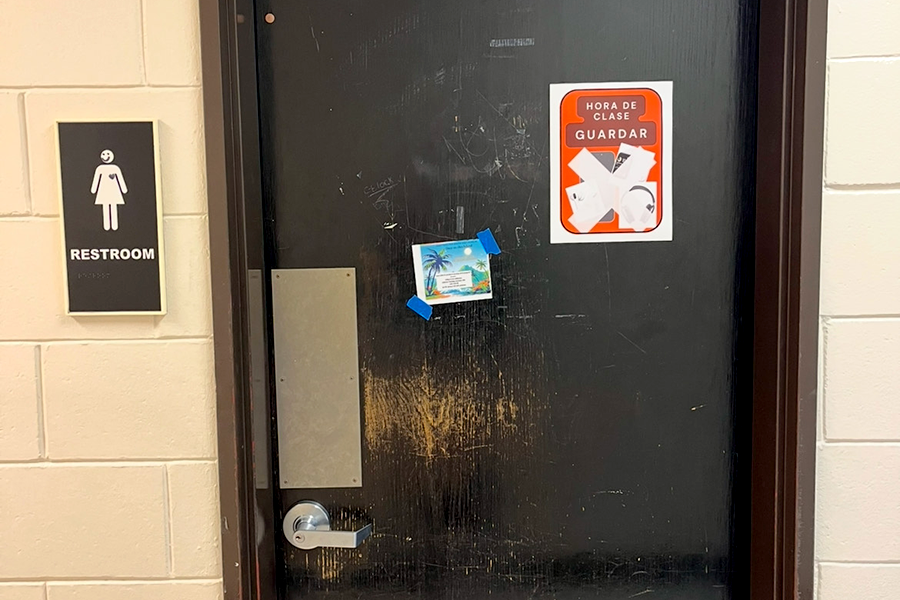High school provides students with a variety of new skills and opportunities, one of the highly anticipated ones being driving. Driving provides a freedom for many students that they may not have been able to have before, allowing them to take their transportation into their own hands. So then why are some teens passing up the driving experience?
“The insurance is a lot of money for a minor.” said Raquel Bajuscik, a sophomore who has decided to wait until she is eighteen to get her license. All persons under the age of eighteen must go through a permit process before getting their license. After the age of eighteen, it is no longer mandatory for someone to take drivers education (drivers ed) nor for them to have had a permit.
Drivers ed teacher Brian Nutter recommends taking the class regardless of your age. “But if money is a concern, I wouldn’t recommend paying the $325 for drivers ed,” said Nutter. Money can be an issue for students under the age of eighteen as well, and can sometimes contribute to the end decision of foregoing drivers ed. Drivers ed after school costs, on average, $325. Taken through a private organization, it is nearly $200 more expensive. However, when the class is offered in school, the fee is only fifty dollars. Drivers ed was previously taught during school at South, but is now only available after school. The class was cut in order to make room for other courses.
“I was able to afford it,” said sophomore Maeve Whalen, “but it was a lot of money just to learn how to drive.” Nutter explains that the difference in the cost is because the after school option requires an additional fee to pay for the teacher’s salary, but other than that there is no difference that would require such a leap in cost. Bajuscik said that her family would not have been able to afford the cost “unless we saved up for it. Even then it’s not the best way to put our money.”
Another difference in favor of the during school class is the time spent learning the subject. After school, students are required to spend 30 hours in the classroom, while during school the class is a semester long, covering nearly 50 hours more. “Because driving is so complicated,” said Nutter “it is virtually impossible to cover everything in 30 hours.”
Nutter previously taught drivers ed during the school day at Roosevelt High School, and has been teaching the class itself for five years. “Even the whole semester, you can’t learn about everything you will encounter while driving,” said Nutter.
Drivers ed during the school day may seem to make more sense on paper, but would students really want to spend an hour each day learning to drive? Junior Grant Larson took drivers ed in the summer,and said the he would have preferred to take the class after school. Larson said “It would have been filled up, and if I had an open hour, I’d probably take something like band, or health.” Nutter said that the drivers ed class at Roosevelt is one of the most popular electives.
Junior Lauren Murphy agreed with Larson, saying that she hates staying after school. “I’d probably have more skills too, because I’d pay more attention.” Whalen, on the other hand, said that the after school class is more convenient. “I have other electives I would have rather done, and I have time after school.”
Murphy received her license as soon as she turned sixteen, and has had access to a car since then. Murphy’s dad was having health issues at the time of her sixteenth birthday, and it was necessary for Murphy to have the ability to drive herself around. “I drive a lot, everywhere,” said Murphy, adding that she frequently drives around friends. “Driving gets kind of old sometimes,” said Murphy.
Regardless of the age you get your license, Nutter reinforces the fact that it is important to be safe when driving. “Driving is probably the single most dangerous thing that people do on a daily basis,” said Nutter, “[it is important to develop] good driving habits before getting on the road and developing bad driving habits.” To sign up for drivers ed at South, visit the office for a sign up form and additional information.






